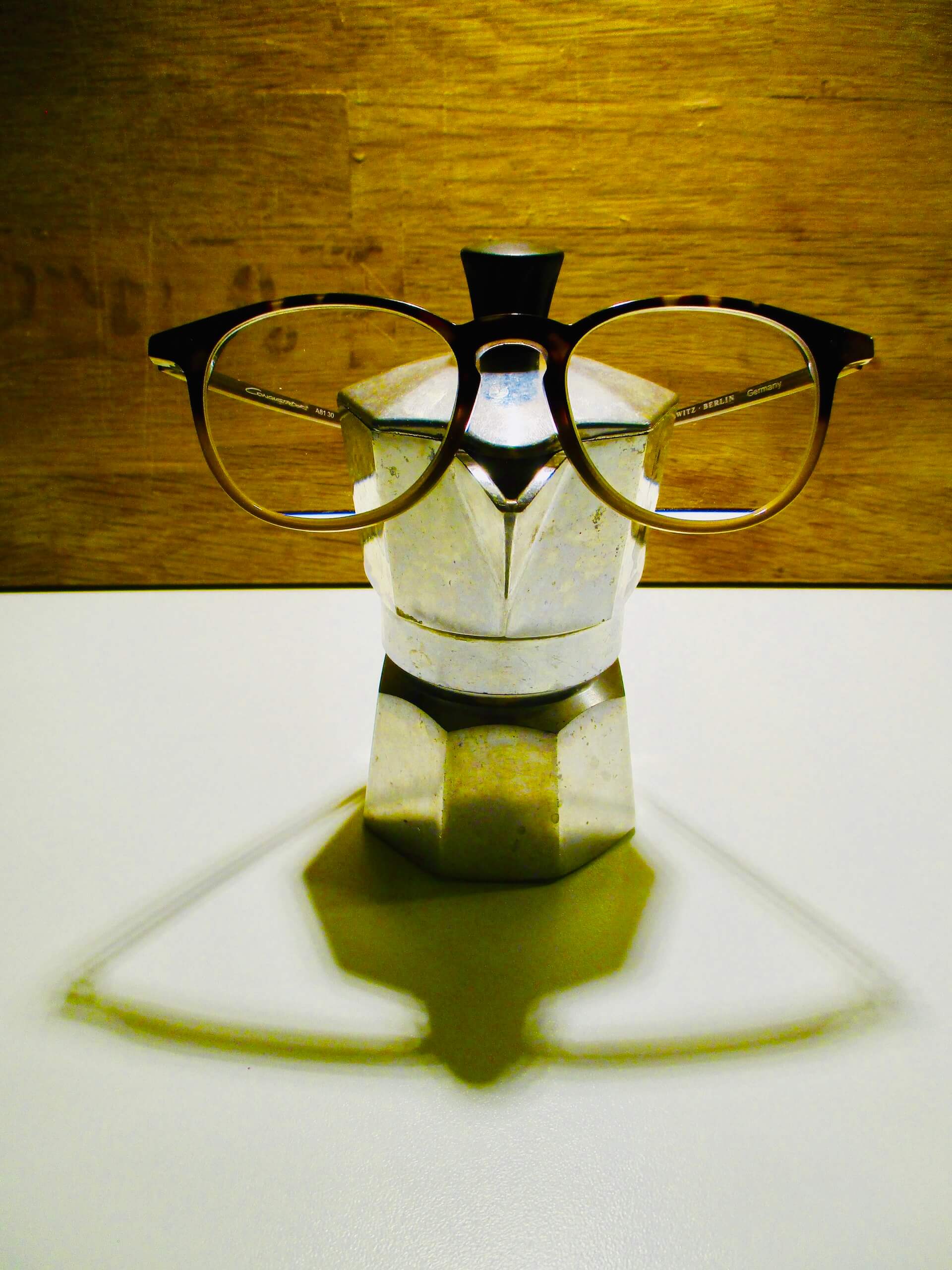WHO'S LUISA?
Publication : 01-08-2021
#interview #portrait #random questions
8 questions to ERZIELKONSCHT founder Luisa Bevilacqua

1. Luisa, which three words would you use to describe your work?
Essential - It is essential because it responds to our need for stories since ever. Stories deal with universal themes and help us to understand the world around us.
Accessible - The art of storytelling is accessible to people of all ages and social backgrounds, thanks to simple, visual language that allows audience to visualise the story immediately and effectively. Storytelling is also extremely accessible spatially, as it relies mainly on speech and body language and it can be easily performed in any context without sets, costumes, lights, etc.
Marvellous - Stories bring dreams to life and make you laugh and reflect. This nourishes your spirit and strengthens human relationships.
2. What was your first encounter with artistic storytelling?
The first time I felt the thrill of the "storytelling relationship" with the audience was during a musical performance in which I played a character discovering the world of Persian music. Paradoxically, the context was very theatrical and I didn't even know what storytelling was at that time. However, I had chosen to tell the story of Prince Ahmed and the fairy Peribanou (One Thousand and One Nights). My choice was partly inspired by Lotte Reiniger's beautiful cut-out animation. The moment I started to tell the story, the magic happened: the audience was hanging on my every word. The effect of the lights, sets, costumes and special effects had gone beyond the second row and into the auditorium. It was as if there were an invisible thread between the audience and me. I always say that I "felt the audience's ears" at that moment. I thought to myself: WOW, what is this thing, so simple, so deep, so true and touching? I want more, I want more! On that day, I set out on the path of storytelling.
3. Is there a character in oral literature that you particularly like?
I have a particular love for philosophical tales where often there isn’t one particular character that you follow. I really like characters that are half human and half animal. Being between two worlds, searching for one's place, understanding one's nature and embracing diversity are themes that I particularly like.
To give an example of another type of character that everyone knows, I find Bluebeard quite intriguing, but obviously I don’t admire or condone his deeds.
4. In what way is artistic storytelling different from other performing arts for you? Why did you choose this form?
Coming from a theatrical background, I chose to go into storytelling because of the enormous freedom it offers me. It gives me the freedom to be totally myself and to address all kinds of audiences in all kinds of places. It also gives me the freedom to interpret an infinite variety of characters (men, women, animals, giants, elements, …) through gestures, postures, looks and tones of voice, without the need for costume or make-up. It gives me the freedom to set the scene in people's minds and to take them with me anywhere. It gives me the freedom to choose, compose and present the whole story through constant and precise work on my speech, voice, body and rhythm, without having to make huge investments and waste material. It gives me the freedom to feel independent, to be able to do my job even in the case of a blackout! On top of all this, I love the work of comparative literature, research and analysis, which allows me to go back and forth between my library and the stage.
5. What would be your dream project?
My dream would be to tell stories on the move. The aim would be to walk from place to place and stay in towns or villages. Along the way, I would tell stories, but also collect and create new ones through exchanges with local people. This would take time, of course, as connections are not made from one day to the next. I think that Luxembourg would be well suited to this type of project because it is so small. To carry out this project with several fellow storytellers would obviously be all the more enriching and enjoyable!
6. Little Red Riding Hood or the Wolf?
Little Red Riding Hood!
7. A book you would recommend for present and future storytellers?
A book? Only one?! Impossible! Hahaha... Ok, so let's start with a classic: Poétique du Conte. Essai sur le conte de tradition orale by Nicole Belmont. She is an anthropologist and expert on the oral tradition and I really like this book. Through its examples and cross‑references, it analyses the tales and plunges the reader into a universe of symbols and motifs. It's a bit like glimpsing a fragment of the truth in a dream. It is an intense but fulfilling read.
Otherwise, I recently received Renaître par les contes - Le rire de la grenouille by the famous French storyteller Henri Gougaud. It’s a lighter read and a real treat!
8. Left or right?
Left, left, right, left.